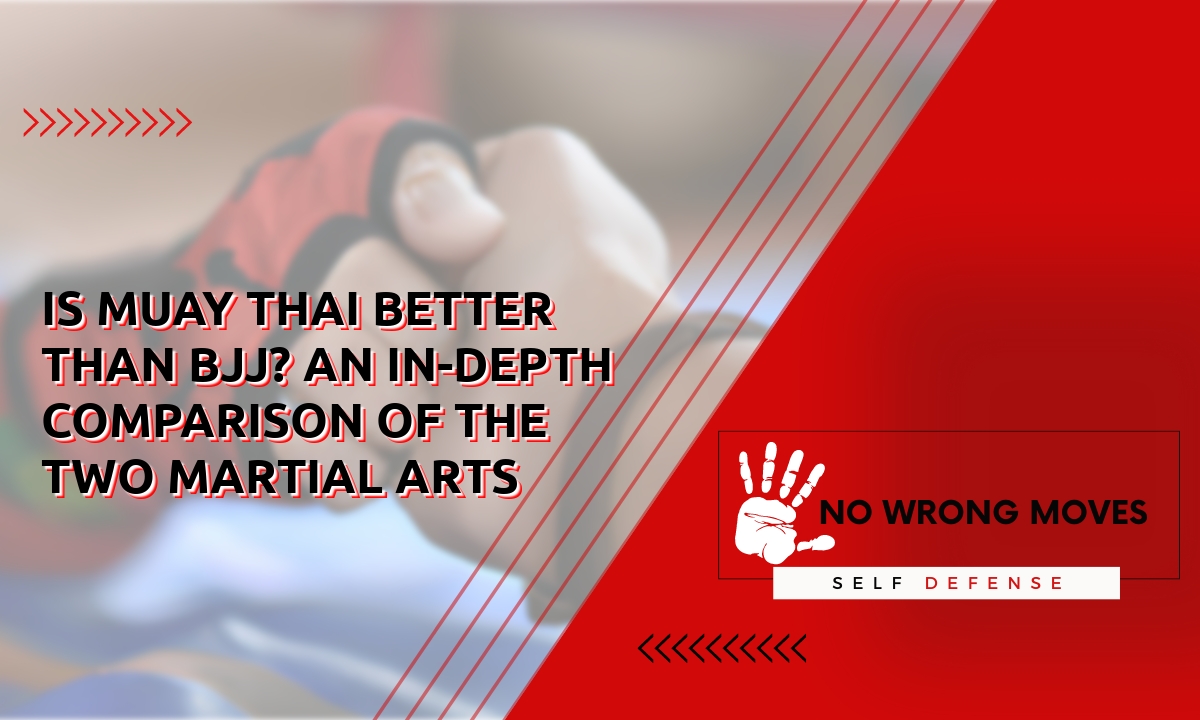
As martial arts enthusiasts, we're always seeking the best way to defend ourselves in real-world situations. While there are numerous forms of self-defense out there, two that have gained significant popularity are Muay Thai and Brazilian Jiu-jitsu.
Both of these martial arts are effective in their own unique ways, but the question remains: which one is better for self-defense?
In this article, we'll dive into the similarities and differences between Muay Thai and BJJ, as well as explore the benefits and drawbacks of each style. By the end, you'll have a better understanding of which martial art form could potentially be the best fit for you and your self-defense goals.
Muay Thai: The King of Stand-Up Striking
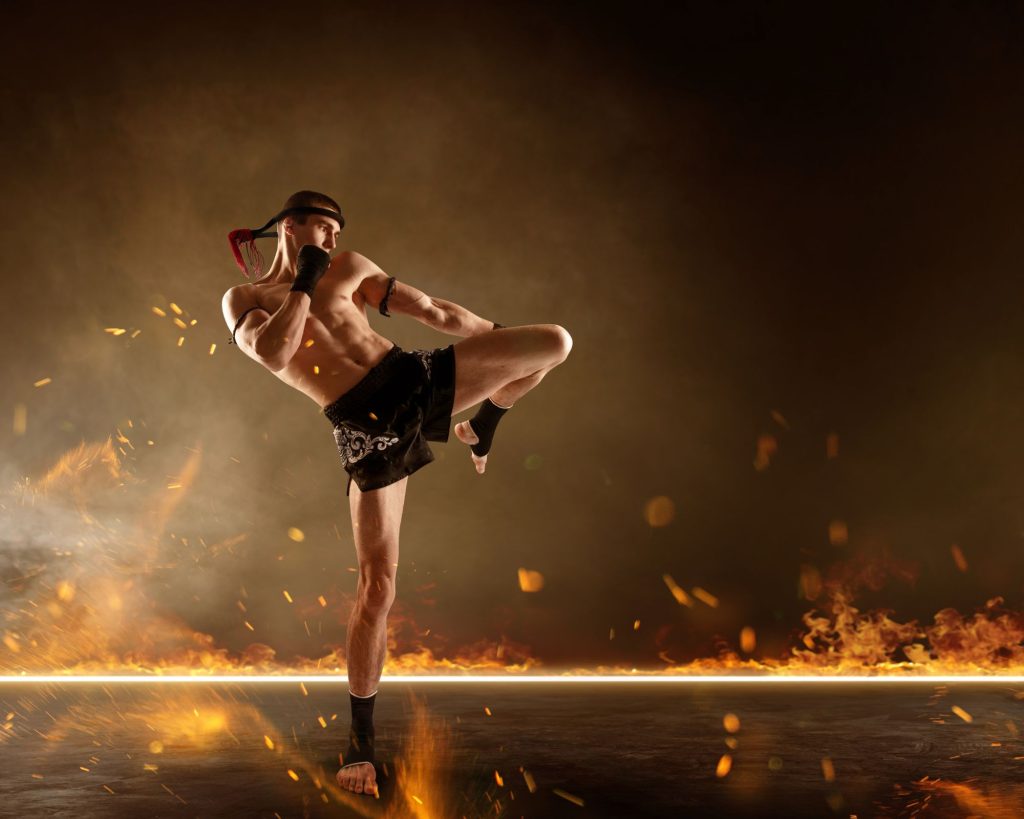
Muay Thai is an extremely versatile art. It can be used in a variety of different ways, such as stand-up striking, clinch fighting, and even ground fighting.
The fundamentals of the art are designed to be applicable to any situation that you might find yourself in. That means it's one of the most well-rounded martial arts out there.
Muay Thai has become known as the "King of Stand-Up Striking," in no small part due to its incredible power and efficiency when used for this purpose.
Its strikes have been honed over centuries and perfected by generations of fighters who have dedicated their lives to the art.
As a result, many professional fighters rely on Muay Thai when competing in the ring or cage against other strikers. Power like this doesn't come easy, and they know that it will give them an edge over their opponents.
Regardless of if you’re looking for self-defense techniques or just wanting to learn something new, Muay Thai is definitely worth considering!
Muay Thai Progression
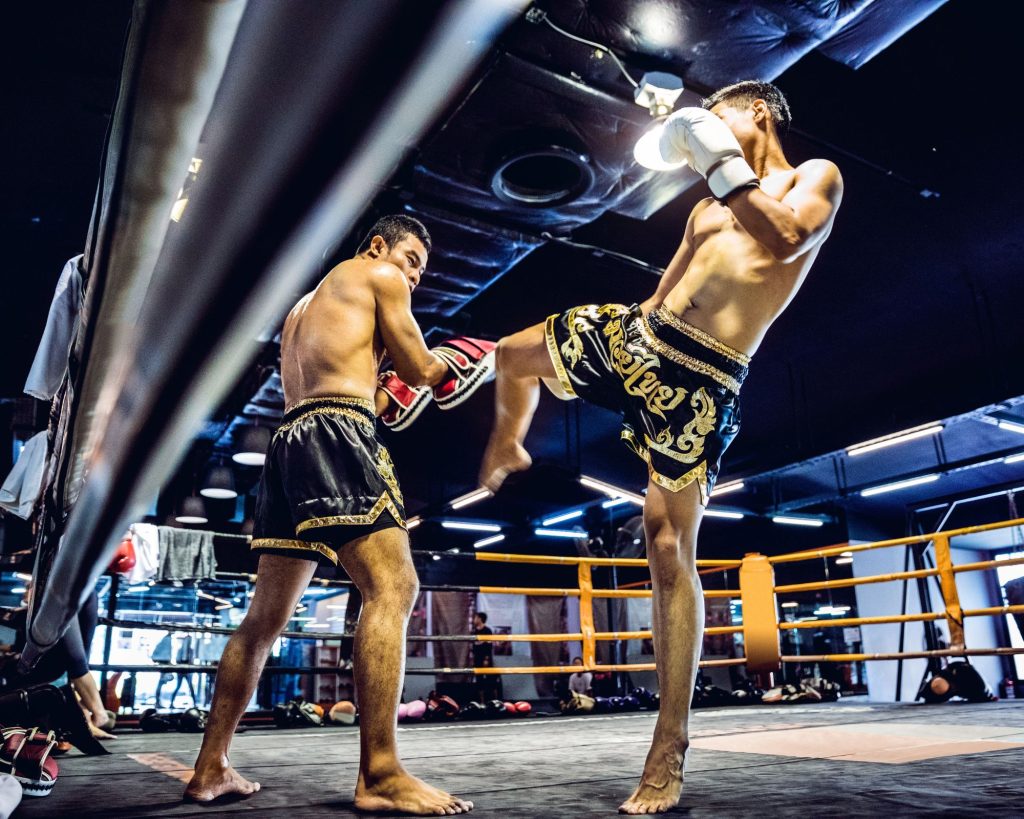
Muay Thai is a striking martial art with an emphasis on stand-up combat. It utilizes punches, kicks, elbows and knees as well as clinch work.
It relies heavily upon hard sparring to properly train students, and it focuses a ton on timing and distance between fighters, either when engaging in strikes or defending against them.
As practitioners progress through the ranks of Muay Thai, they will learn more advanced combinations of strikes, along with various types of defensive moves, such as blocks, parries, and slips.
By learning these various offensive and defensive tactics, they become better able to predict and counter their opponents' movements during a fight or sparring session. This, in turn, will allow them to gain a sizable advantage over their opponents.
BJJ: The Master of Grappling
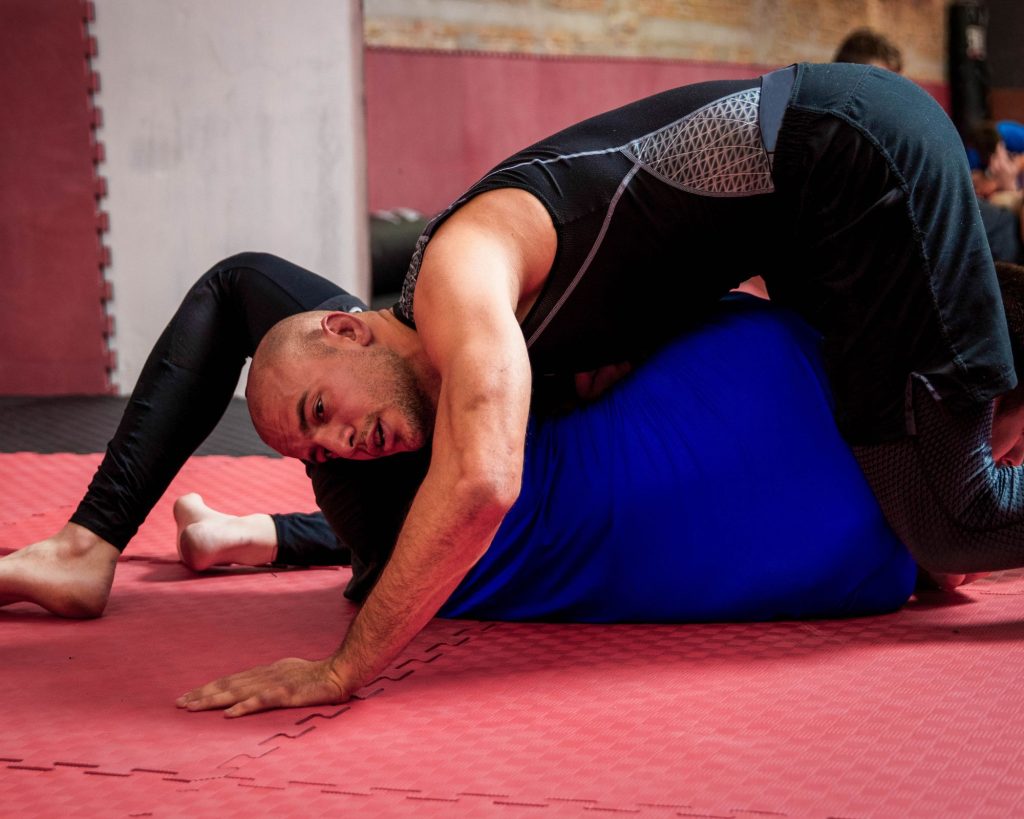
The core philosophy behind BJJ is that smaller people can use technique to defeat larger opponents through leverage and positioning.
This allows practitioners to effectively control their opponents by applying pressure in various ways, such as joint locks or chokeholds.
This means that even those who are relatively weak physically can still be effective grapplers if they understand how to apply proper technique when engaging an opponent.
The focus is not only on learning techniques though, but also in developing strength, flexibility, endurance and stamina.
It also makes it possible for practitioners to maintain a high level of intensity throughout the course of practice sessions or competition matches.
Furthermore, this same principle applies even when two people have equal size and strength. It all comes down to skillful execution of techniques, which relies heavily on knowledge, dedication, and experience with the martial art itself.
BJJ Principles
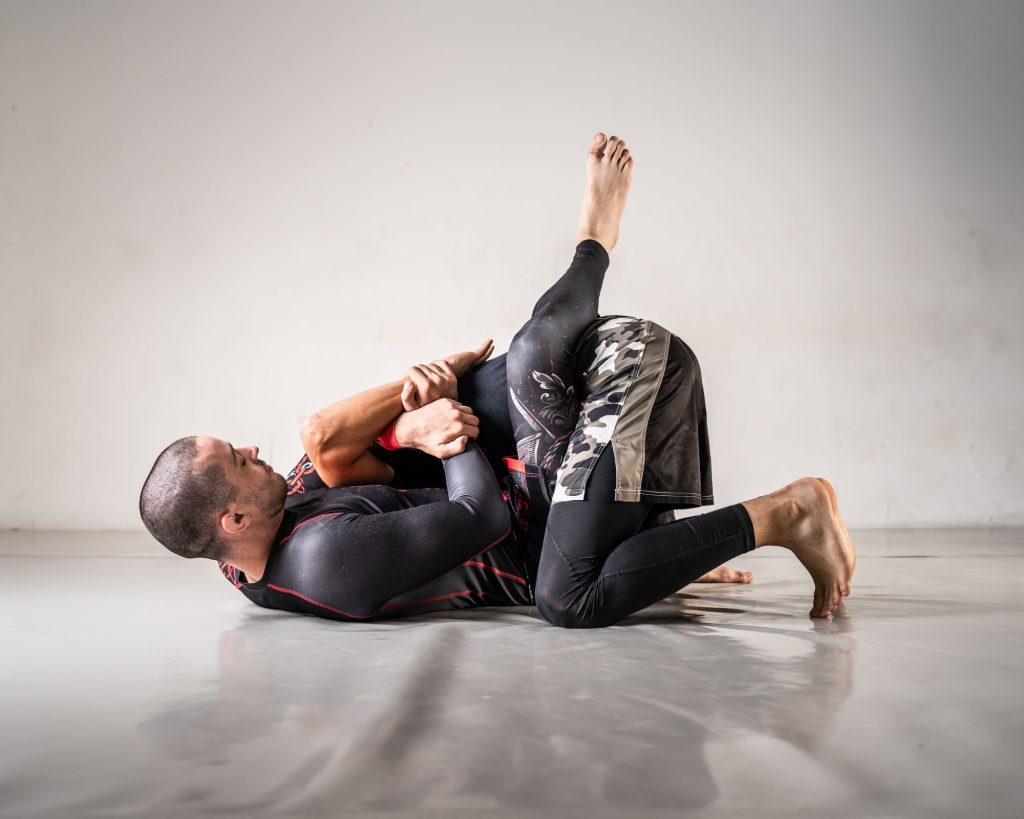
Brazilian Jiu Jitsu, commonly abbreviated as BJJ, is a grappling martial art that specializes in floor fighting and submission holds from dominant positions, like the back mount or guard position.
Unlike most traditional martial arts, BJJ doesn't rely solely upon strength. Instead, it emphasizes technique, which allows smaller individuals to successfully compete against larger opponents by using leverage and proper positional control instead of brute force.
BJJ teaches its students how to utilize joint locks and chokeholds safely. They'll drill on takedowns, learn escapes from bad situations, transitions between positions, all leading towards effective submissions.
They can even apply this if needed in real-world scenarios, making it one of the premier forms of self defense today.
Overview Comparison
Muay Thai utilizes a mix of punches, kicks, elbows and knees to deliver powerful strikes which can be used to knock out an opponent or inflict serious damage.
The art also uses clinching techniques, which enable fighters to control their opponent’s movements. This is especially useful in self-defense situations as it allows for restraint without causing significant harm.
On the other hand, Brazilian Jiu-Jitsu is widely regarded as the most effective ground fighting martial art due to its superior emphasis on grappling skills and submission techniques.
The philosophy behind BJJ is that a smaller person has the ability to subdue a larger one, by using leverage and technique rather than brute strength or size advantage.
BJJ practitioners are highly skilled in utilizing joint locks and chokes, allowing them to control their opponents while minimizing the risk of serious injury.
This also makes it highly suitable for self-defense scenarios where there may be concerns about potentially inflicting long-term damage on an attacker.
So Which Is Better?
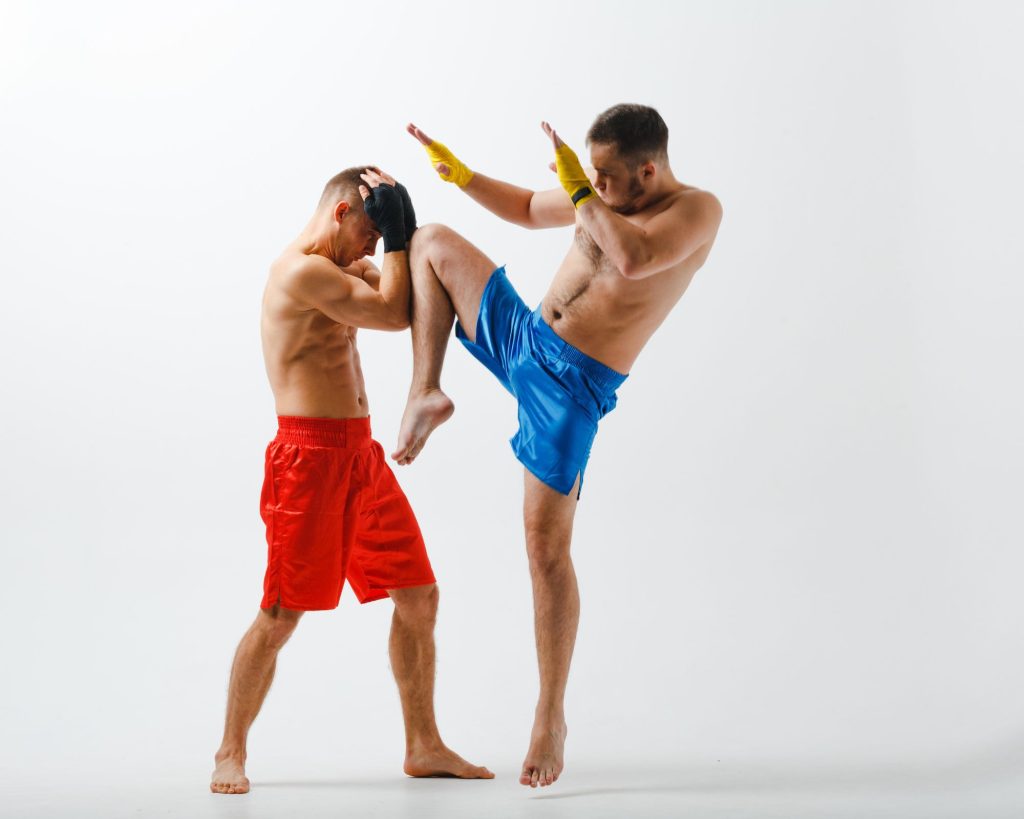
There isn't one specific winner between the two. It really all depends on what exactly you're trying to achieve.
Looking for a more general street fighting kind of martial art? Check out Muay Thai! If you're leaning more towards self-defense? Definitely go for BJJ.
In addition to its versatile nature, Muay Thai is also known for its high-level of conditioning and the ability to use both your hands and feet in combination.
The intense physical training required for Muay Thai can help you develop strength, speed, agility, and endurance.
Furthermore, the clinching techniques used in Muay Thai are not only effective but also provide a good workout.
On the flip side, BJJ has become popular over the years due to its effectiveness in sport settings, such as MMA fights.
Its focus on ground fighting gives it an edge over other martial arts when competing against opponents with different skill sets, while its submission holds provide an avenue for competitors to end a match quickly without causing too much harm.
The Wrap-Up
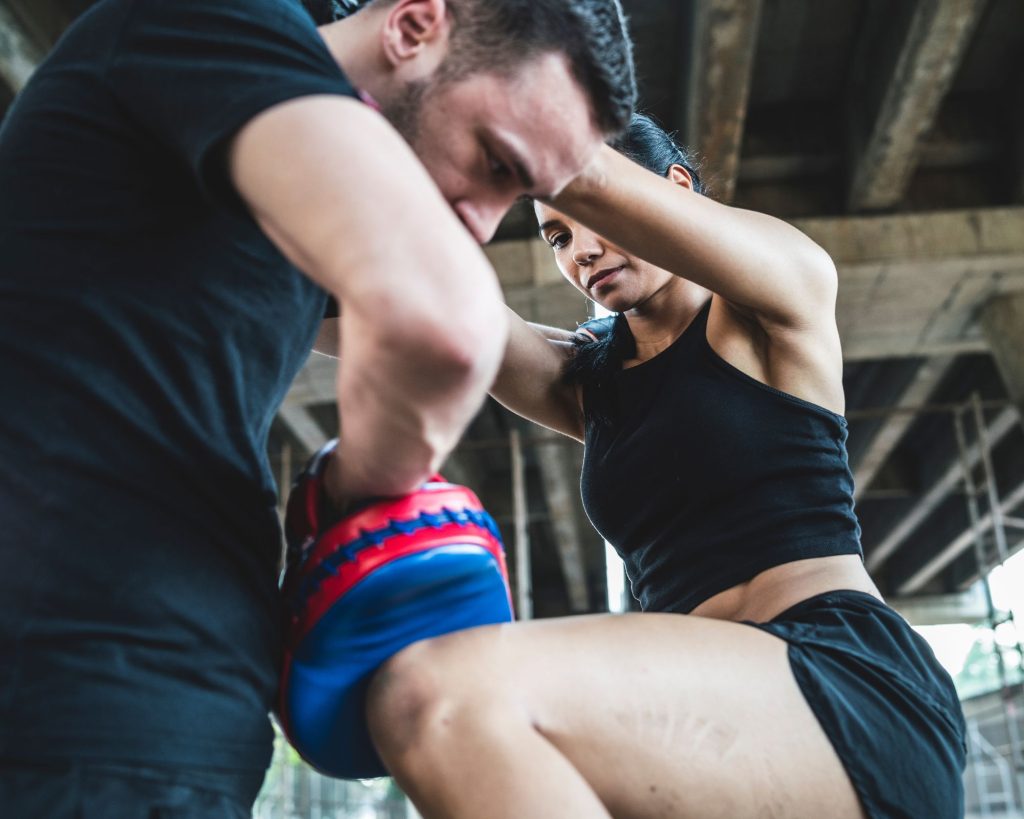
All in all, these two martial arts styles offer unique benefits that make them useful in various contexts. They both provide excellent exercise, training in self-defense and discipline which can carry over into other aspects of life.
Whether it’s stand-up strikes with Muay Thai or using submissions with BJJ, there’s something here for everyone who wants to learn how to defend themselves--while getting fit at the same time!
Curious about what Muay Thai can offer you? Check this out!
[author-box-jpx-fitness]
